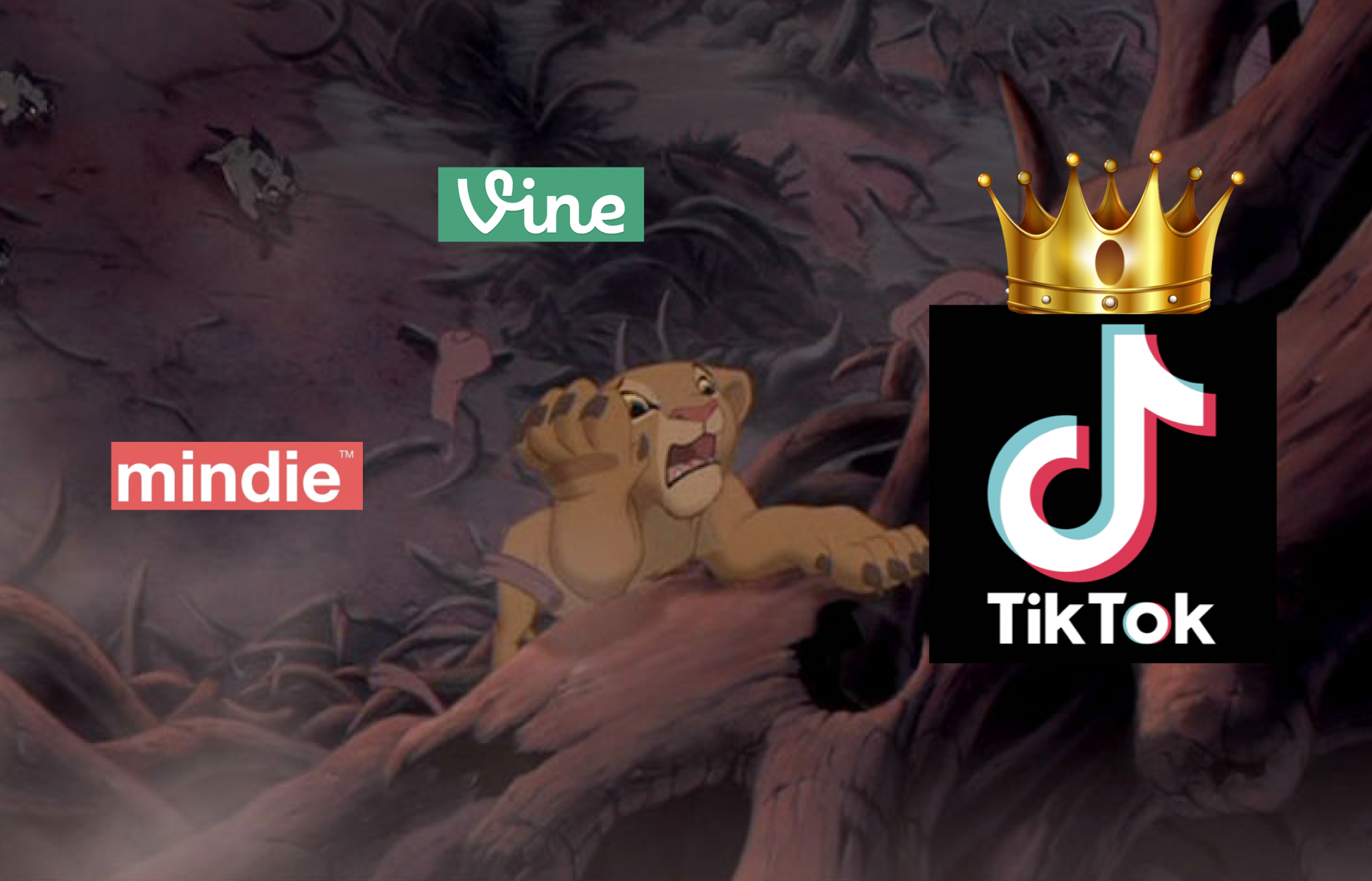Saved by Lillian Sheng and
The Boneyard Principle: Why the Next Big Thing Will Emerge From a Failed Idea
Creating a UX where users had to decide on virtually nothing—and the app just learned from their behavior—was TikTok's monster idea in an otherwise crowded boneyard. Everything else about its product and network grew from the powerful way that it connected consumers to creators without explicit follow actions.
Every • The Boneyard Principle: Why the Next Big Thing Will Emerge From a Failed Idea
When a creator posted a video, TikTok showed it to a sample audience and then expanded to bigger targeted audiences if it did well—a form of a recursive publishing feedback loop. Creators with no followers could still reap rewards for videos that were funny and understandable by anyone. This was uniquely powerful for the medium of short-form video,... See more
Every • The Boneyard Principle: Why the Next Big Thing Will Emerge From a Failed Idea
In contrast, TikTok integrated the explore-exploit process into one tab. You never had to decide which tab to view—you just had to swipe to the next video when you were done with the current one. You also never had to follow anyone to see great content, because the app learned about your taste as you watched videos.
Every • The Boneyard Principle: Why the Next Big Thing Will Emerge From a Failed Idea
Vine’s “Find Friends” process was comparatively heavy, too. You had four tabs available: contacts, Twitter, Facebook, and search. Should you trust this new app with your contact list? Should you follow people from your address book, Twitter, or Facebook? Would people think it’s weird if you follow them? Should you feel bad if they don’t follow you... See more
Every • The Boneyard Principle: Why the Next Big Thing Will Emerge From a Failed Idea
Vine divided its UX into two traditional surfaces: Home and Explore. Home showed you content you opted into receiving, whereas Explore showed you things you might not know about yet. Vine’s Explore screen asked if you were more interested in “Editor’s Picks,” “Popular Now,” or “All Posts.” You could search the app or to click into a specific... See more
Every • The Boneyard Principle: Why the Next Big Thing Will Emerge From a Failed Idea
In contrast, as soon as you opened TikTok for the first time, you saw entertaining videos—time to satisfaction was instant. You didn’t have to worry about making an account, let alone following creators, channels, or friends. You only saw the option to create an account if you tapped the profile icon at the bottom of the app.
Every • The Boneyard Principle: Why the Next Big Thing Will Emerge From a Failed Idea
Vine presented many hurdles before you could watch your first video. First, you needed to decide whether to login with Twitter or email. If you chose Twitter, after two confirmation steps, you had to type your name and number. Then, you had to enable location, and lastly, enable push notifications.
